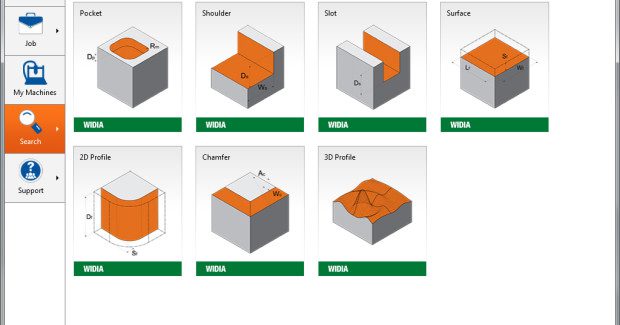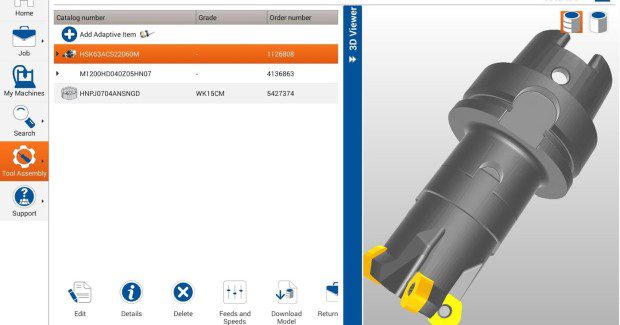Time to Digitize
Shops must document and digitize the knowledge that their most highly skilled and experienced people possess in order to remain competitive – and for the future viability of the manufacturing sector as a whole.
Posted: February 2, 2015
It is difficult to take a complex function and make it easy. Yet in manufacturing, businesses must do so to stay alive. Initiatives and catch-phrases such as the Digital Factory, Industry 4.0, the Internet of Things, the Cloud, Big Data and the Industrial Internet are all about the same premise, which is to network and automate manufacturing operations that make factories – whether small job shops or large OEMs – more efficient, profitable and easy for the digital generation of employees to run. We’re almost there, but we need to stay the course.
You might be pausing before you take the next steps in digitizing your own operations, but don’t give up just because it’s challenging or inconvenient. It’s necessary for the future of your company to remain competitive and for the viability of the manufacturing sector as a whole.
Certain aspects of the digital factory movement have been evolving for decades. Think about CNC machine tools and controls, CAD/CAM, machining simulation, tool presetting, robotics and other material-handling devices, and enterprise, inventory, and material planning software. Now is the time for everything to connect, communicate, crunch, capture, and cough up the results for better decision-making and a higher level of efficiency. Open, Cloud-based platforms digitally integrate accurate and complete tool data, rules, and application knowledge to help users rethink and shorten process planning and more.
Our company is an example of an organization that stayed the course: the initial concept we envisioned for NOVO – our desktop and tablet application that delivers on-demand cutting tool data and expertise for reduced product development and manufacturing lead times – was sketched out years ago and was officially launched at IMTS 2014. It has been painstaking to make vast tooling knowledge, myriad application data, and results “easy.” Imagine the complex algorithms and decision trees involved. But we did this because we wanted to be part of the 21st century manufacturing evolution that helps to keep shops competitive and profitable.
We face the same challenges you do and happen to be customers of our own products – we needed to develop NOVO for our own operations. In the product R&D lab, we made certain to develop families of tools with broad application ranges to ensure that tool selection is easy. Was it a cinch to make products simple? No. The level of sophistication behind them is immense. But we found that while it was of great benefit to new and less-experienced employees, even our most experienced machinists and engineers embraced the application for its ability to spec our newest tools and discovered new ways to apply certain tools that they may have otherwise dismissed.
There are many things that you are called upon to do now as well . . . perhaps difficult things, to make your operations more streamlined and to capture the treasured knowledge within your organization. We’ve been dutifully warned by trade press editors and thought leaders about the 2.7 million industry employees who will reach retirement age in ten years. Now is the time for you to document and digitize the knowledge your most highly skilled and experienced people possess that isn’t being captured elsewhere, such as in a CAM program or the procedure section of your quality manual.
How and why do they make the decisions they do about a particular material, process, or workpiece? This may seem daunting, but there’s one thing we’ve learned in developing NOVO: it can be done. Take small steps – one process at a time, build that knowledge base of searchable data, and stay the course. Get Smart.


















